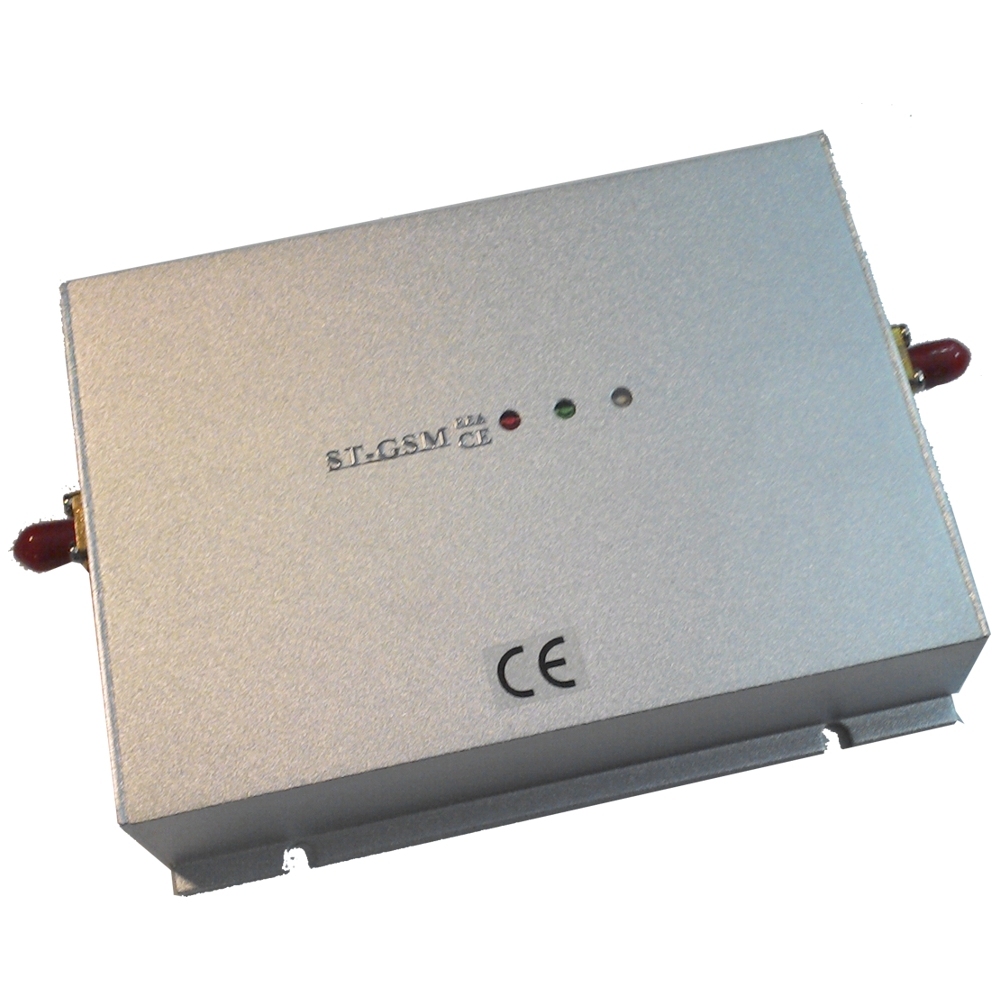

CELLULAR REPEATER WINDOWS
Energy efficient windows and metal window screens are also very effective at blocking radio signals. Some solid foam insulation and some fiberglass insulation used in roofs or exterior walls have foil backing, which can reduce transmittance. Concrete floors are often poured onto a metal pan, which completely blocks most radio signals. Any building that has a significant thickness of concrete, or a large amount of metal used in its construction, will attenuate the signal. Older buildings, such as churches, often block cellular signals. In flat rural areas the signal is unlikely to suffer from multipath interference.Ĭertain construction materials can attenuate cell phone signal strength. Installing a home cellular repeater may remedy this. In many rural areas the housing density is too low to make construction of a new base station commercially viable. Additional distance also adds propagation delay. Amplification and filtering introduce a delay (typically between 5 and 15 μs), depending on the type of repeater and features used. delay) and consequently a shorter radius from donor site. Activation of this feature has a negative impact on internal delay (higher delay => approximately +5 μs up to standard rep. Isolation can be also improved by integrated feature called ICE (interference cancellation equipment) offered in some products (e.g., NodeG, RFWindow).

installing a metal mesh between donor and service antennas), and/or reduction of reflections (no near obstacles in front of the donor antenna such as trees or buildings). The isolation may be improved by antenna type selection in a macro environment, which involves adjusting the angle between the donor and service antennas (ideally 180°), space separation (typically the vertical distance in the case of the tower installation between donor and service antenna is several meters), insertion into an attenuating environment (e.g. This oscillation can cause interference to the cellular network.
CELLULAR REPEATER PLUS
When the isolation is lower than actual gain plus a margin (of typically 5–15 dB), the repeater may go into in loop oscillation. P d B = 10 log 10 ( P P 0 ) Ī repeater needs to secure sufficient isolation between the donor and the service antenna. The power gain is calculated by the following equation: Standard GSM channel selective repeaters (operated by telecommunication operators for coverage of large areas and big buildings) have output power around 2 W, high power repeaters have output power around 10 W. To rectify the reception an antenna is placed outside the vehicle and is wired to the inside of the vehicle to another antenna and amplifier to transmit the mobile phone signal to the cell phone inside the vehicle.Ĭellular repeater systems include a signal amplifier. When it is raining and the motor vehicle windows are closed a cell phone could lose between 50% to 100% of its reception. Depending on attenuation from obstacles, the advantage of using an omnidirectional antenna is that the signal will be equally distributed in all directions. Some cellular repeater systems can also include an omnidirectional antenna for rebroadcasting the signal indoors. The use of a highly directional antenna can help improve the donor's signal-to-noise ratio, thus improving the quality of signal redistributed inside a building.

A directional antenna is used when a particular tower or carrier needs to be isolated for improvement. An omnidirectional antenna (which broadcast in all directions) is typically used for a repeater system that amplify coverage for all cellular carriers. A donor antenna can be any of several types, but is usually directional or omnidirectional. Common components Donor antenna Ī "donor antenna" is typically installed by a window or on the roof a building and used to communicate back to a nearby cell tower. A cellular repeater system commonly consists of a donor antenna that receives and transmits signal from nearby cell towers, coaxial cables, a signal amplifier, and an indoor rebroadcast antenna. ( May 2010) ( Learn how and when to remove this template message)Ī cellular repeater (also known as cell phone signal booster or cell phone signal amplifier) is a type of bi-directional amplifier used to improve cell phone reception. You may improve this article, discuss the issue on the talk page, or create a new article, as appropriate. The examples and perspective in this article may not represent a worldwide view of the subject.


 0 kommentar(er)
0 kommentar(er)
